I already covered the impressive LPWAN LoraWAN technology with a proof of concept remote air quality monitoring unit based on the BME680 from Bosch and the RN2483 from Microchip, in a previous post. The device, capable of measuring temperature, humidity, pressure and VOCs can run for months on a single cell battery, thanks to the low power LoraWAN communication solution. It can send real time data on distances up to 15km (and sometimes more). All in one, an excellent component for any IOT implementation.
The gateway
While the RN2483 can be ordered online (not to mention there are many other alternatives based on Semtech chips like the Hope RF96), getting the LoraWAN communication up-and-running requires more components. One is the gateway – a hardware device that is transparent for your application but one that picks up your RN2483 RF signal, gets the data and sends it to the network server. The network server is a backend system that decodes your payloads and makes the data you’re interested in (sensor readings) available for further processing.
For the remote LoraWAN sensor project I used the Cisco IR900 router with a 868MHz Lora board as the gateway:

This is not exactly affordable, nor easily available and immediately after completing my project I had to return the router. Some time after, I had the chance to try a different setup, this time based on the excellent Kerlink Wirnet 868 MHz gateway:
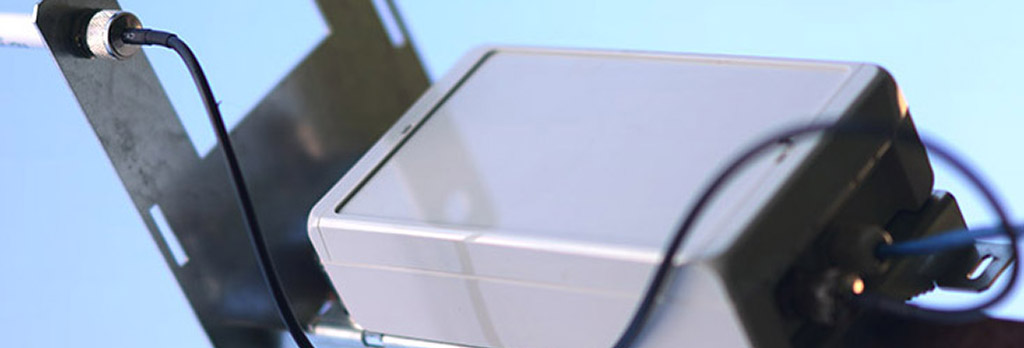
This however has a rather elevated price tag.
Dragino LG01 LoraWAN Gateway
Browsing for LORA compatible boards, I found the Dragino LG01 gateway and I was intrigued to see it supports the LoraWAN protocol as well, so I ordered two for some tests. You can get them from Tindie, with prices starting from 56$. This low cost makes it an excellent choice for testing remote nodes. It’s a nice product, with a good design and excellent online documentation and it is open source. But please note this is a one channel gateway, meaning you are limited to the number of nodes you can connect to one such gateway, but that still counts up to 50, so is more then enough for testing or low scale deployments. The company was also selling LoRa shields, based on the Hope RF96 (Semtech SX1276/SX1278), useful to connect to an Arduino and do remote LoraWAN node rapid prototyping:
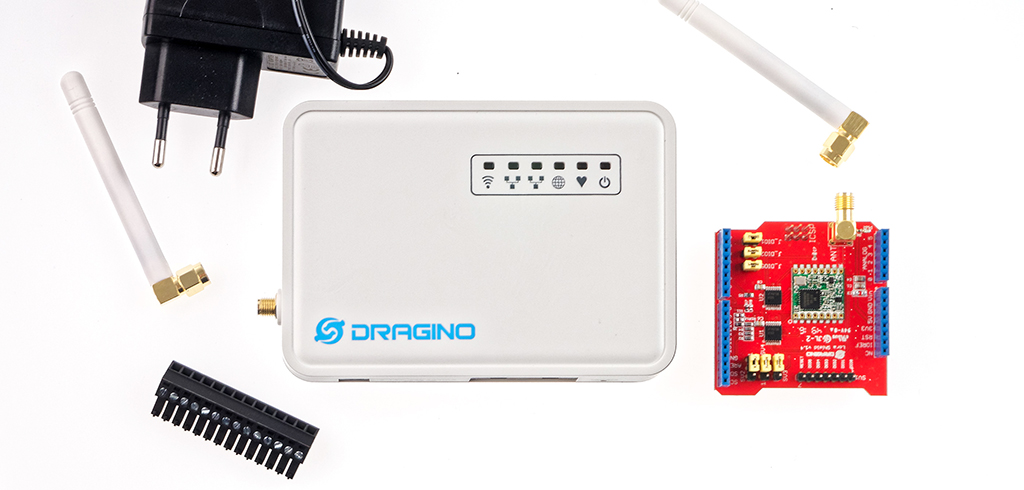
The LG01 is actually a combination of MS14N-S + a LoRa Module (Mega328P+SX1276), and an optional 4G module that can be used as backhaul (right side of the pic, I don’t have it in my LG01):
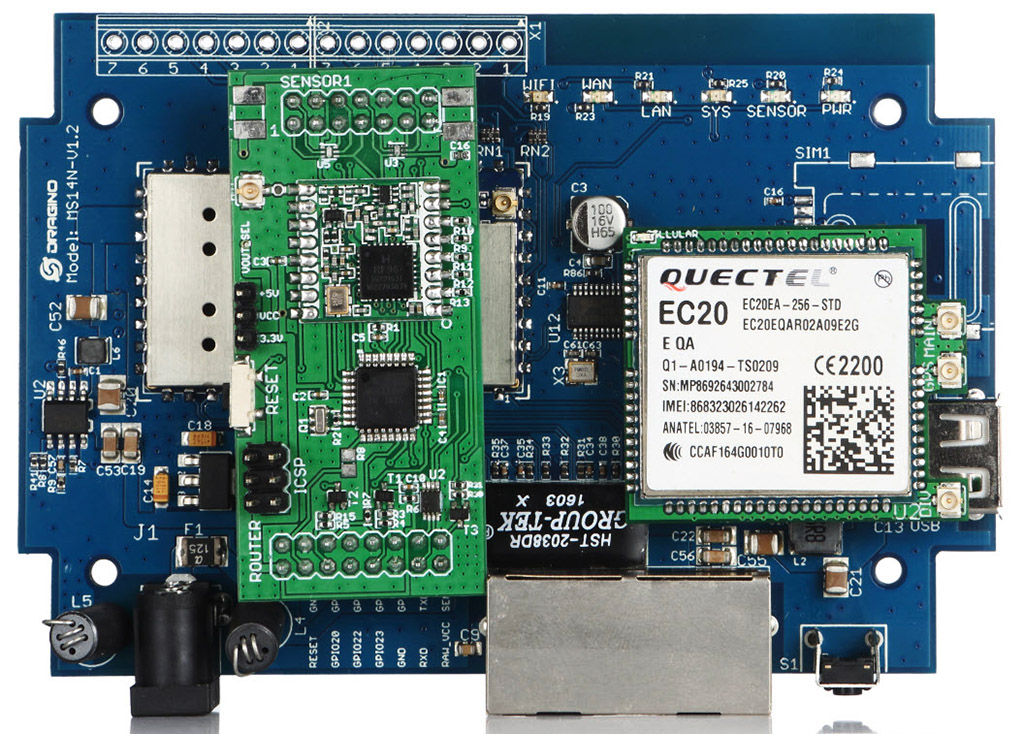
The MS14N-S the 2nd generation Dragino mother board, that features the Dragino HE, a minimal system which installed with OpenWrt Linux system and support 150M 2.4G WiFi, basically a compact MIPS SOC computer with rich connectivity options. You can see them all in the picture above.
A daughter board holds one ATMEGA 328P and one SX1272 LoRa module. All common frequencies are available, including 433MHz, 868MHz or 915MHz. You’ll need to choose the correct frequency band for your region when you place the order.
Registering the Dragino LG01 with The Things Network
I was saying that LoRaWAN setups are complex, needing many components. With the gateway part nicely covered by a Dragino LG01, we still need a network server to receive and decode the payloads. The Things Network or TTN is a nice alternative, offering this part for free and exciting options such as HTTP Post to deliver payloads to your application server directly.
I wasn’t able to connect the gateway with TTN the first time I tried, so I contacted Dragino and they immediately pushed an updated tutorial right away. It worked perfectly!

On TTN I also registered and application and two test devices based on the RN2483 and these began to transmit data which was received by TTN:
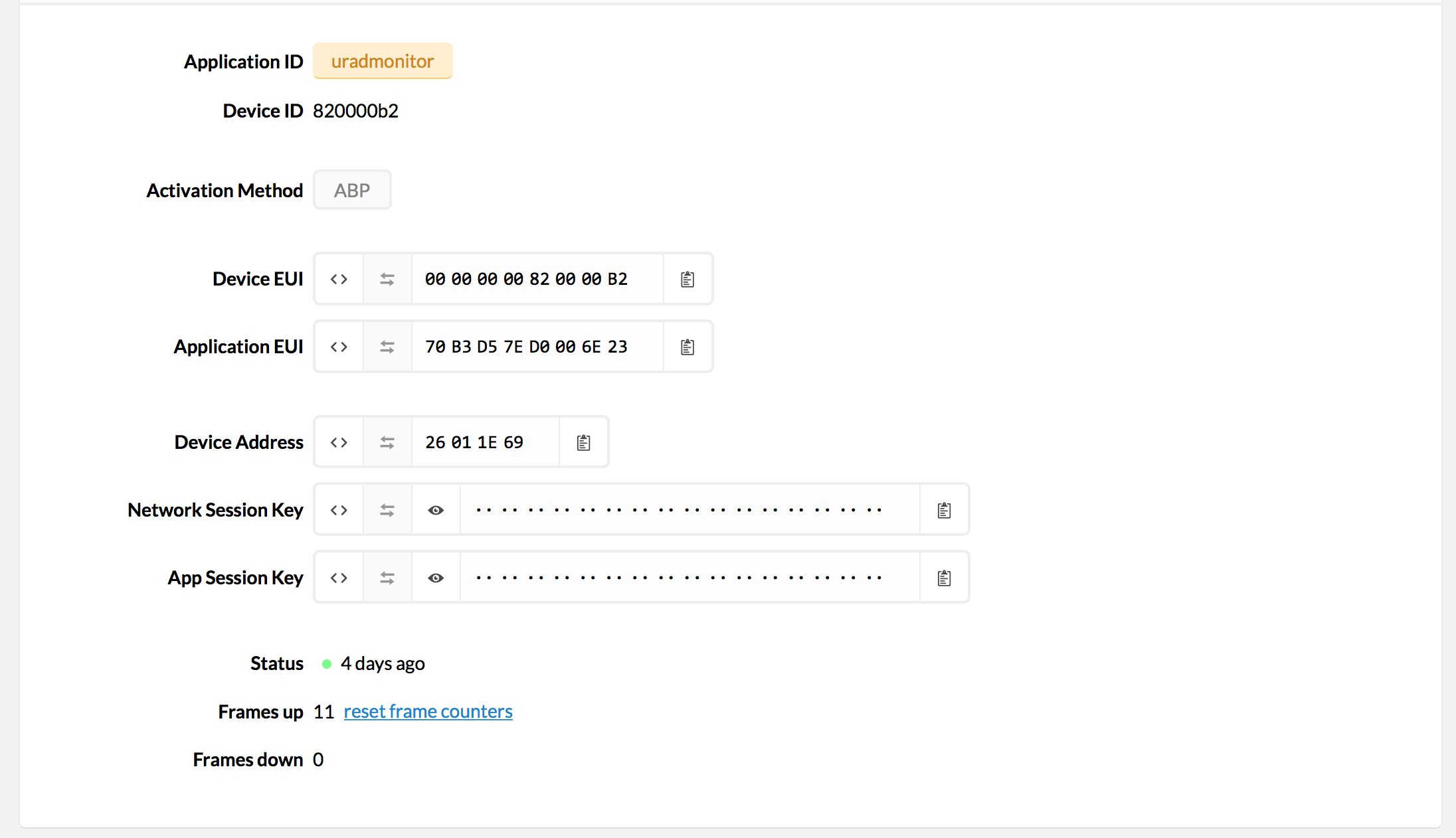
I also added “HTTP Integration” to have the payloads delivered to my server. Decoding the payloads in PHP was easy and I finally had access to the sensor data:

Success on all ends! All in one, this is an excellent setup for testing your LoRaWAN devices or solutions with minimum costs.
Alternatives
Dragino LG01 is a single channel gateway. If larger scale implementations are needed, you can have a look at the IC880A concentrator or the very same packed with a raspberry PI as a ready to use gateway. Alternatively checkout the RAK831 based on the same SX1301 like the IC880A, or this nice bundle with a raspberry PI (practically a multi-channel gateway)
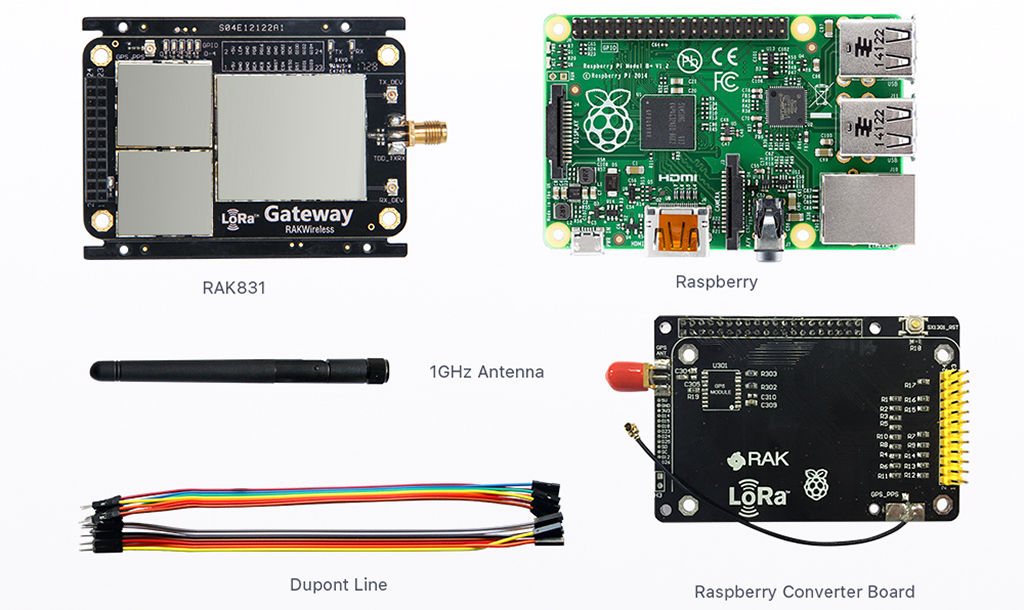
These can also be used with TTN but also with Loriot.
Resources
Dragino LG01 Product page
Buy Dragino LG01 on Tindie
LoRa Shield
Teardown tutorial
Dragino LG01 Connect to TTN tutorial
TTN Gateway registration tutorial
Hope RF96 Datasheet
Remote sensor based on BME680 and LoraWAN
Air quality monitoring
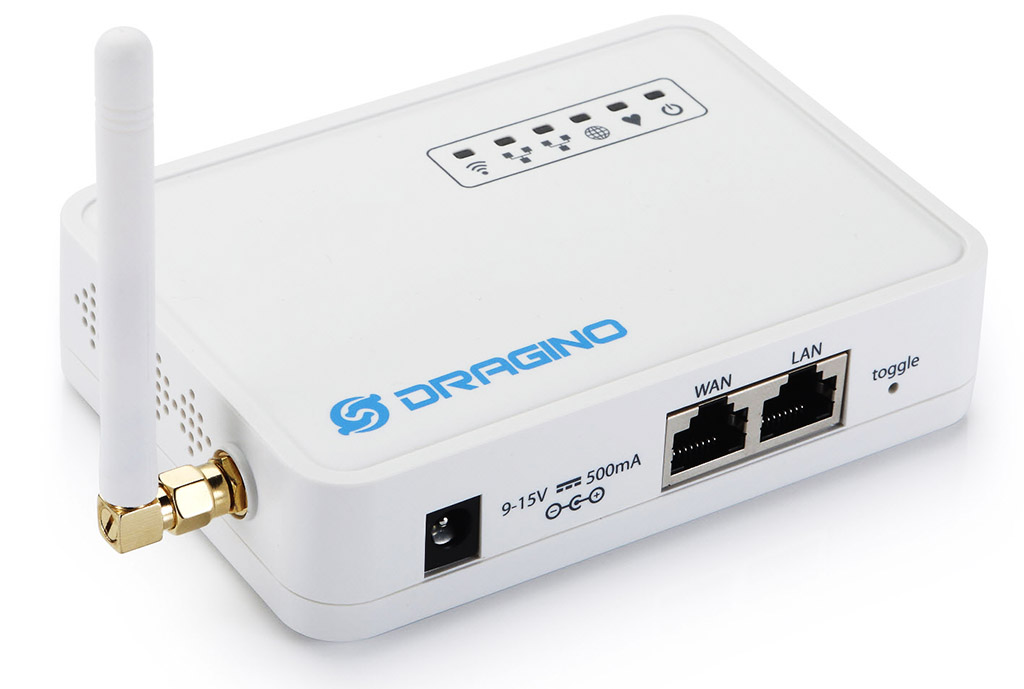
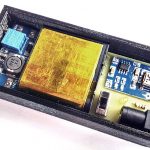
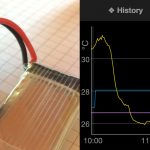
Pingback: RAK831 LoRaWAN Gateway – PocketMagic